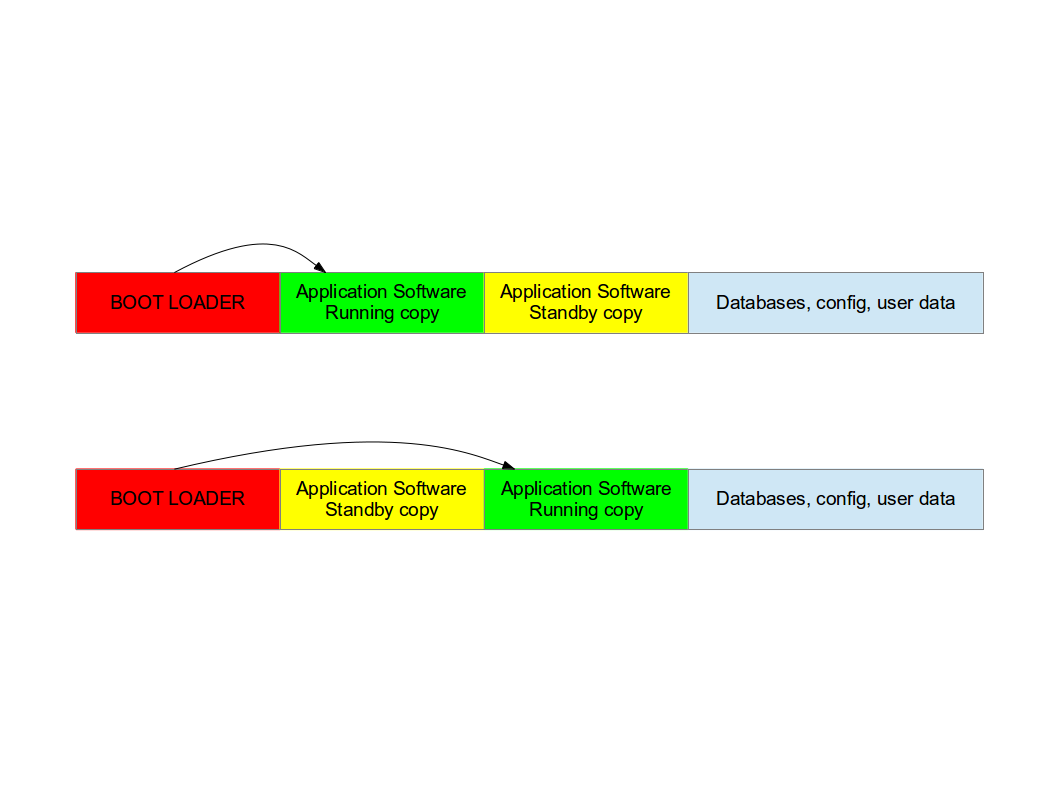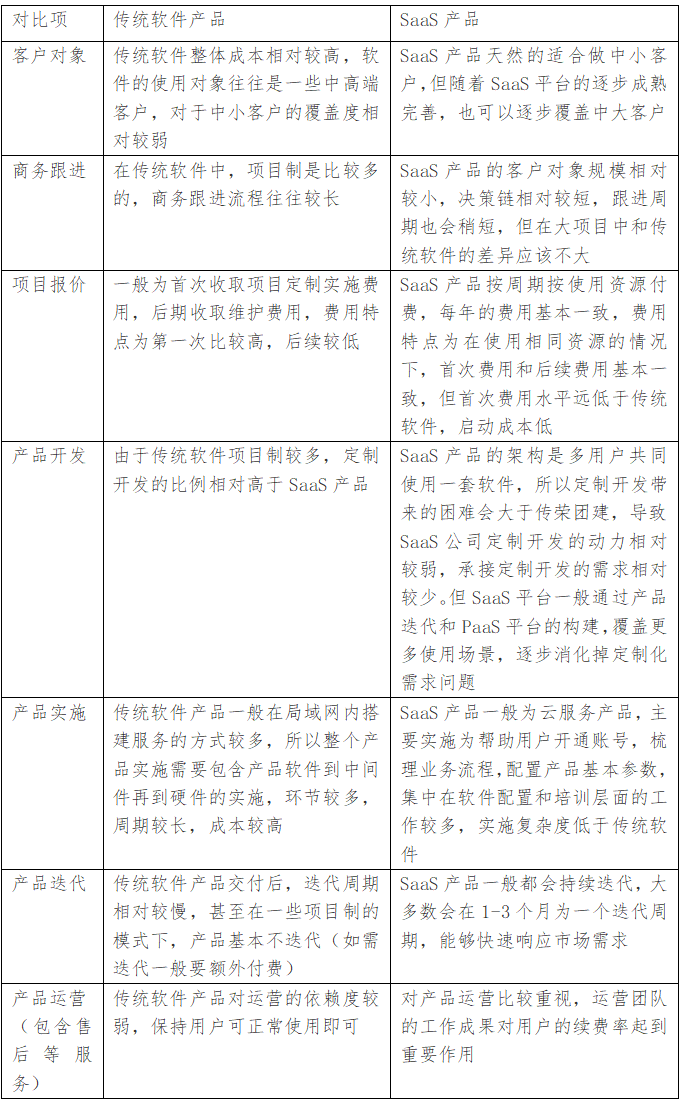升级的原理有好几个,首先无非是将现有版本与最新版本作比较,发现最新的则提示用户是否升级。当然也有人用其它属性比较的,例如:文件大小,或者更新日期。而实现的方法呢?
在.Net时代,我们就有了更多的选择,可以使用WebRequest,也可以使用Web Service。在这里我们将用Web Service来实现软件的自动升级。实现原理:在Web Service中实现一个GetVer的WebMethod方法,其作用是获取当前的最新版本。然后将现在版本与最新版本比较,如果有新版本,则进行升级。步骤如下:
1.准备一个作为升级模板用的xml文件(update.xml)。

<?xml version="1.0" encoding="utf-8" ?> <product> <version>1.0.1818.42821</version> <description>修正一些Bug</description> <filelist count="4" sourcepath="./update/"> <item name="City.xml" size=""> <value /> </item> <item name="CustomerApplication.exe" size=""> <value /> </item> <item name="Interop.SHDocVw.dll" size=""> <value /> </item> <item name="Citys.xml" size=""> <value /> </item> </filelist> </product>
2.Web Service的GetVer方法。
[WebMethod(Description="取得更新版本")] public string GetVer() { XmlDocument doc = new XmlDocument(); doc.Load(Server.MapPath("update.xml")); XmlElement root = doc.DocumentElement; return root.SelectSingleNode("version").InnerText; }
3.Web Service的GetUpdateData方法。

[WebMethod(Description="在线更新软件")] [SoapHeader("sHeader")] public System.Xml.XmlDocument GetUpdateData() { //验证用户是否登陆 if(sHeader==null) return null; if(!DataProvider.GetInstance.CheckLogin(sHeader.Username,sHeader.Password)) return null; //取得更新的xml模板内容 XmlDocument doc = new XmlDocument(); doc.Load(Server.MapPath("update.xml")); XmlElement root = doc.DocumentElement; //看看有几个文件需要更新 XmlNode updateNode = root.SelectSingleNode("filelist"); string path = updateNode.Attributes["sourcepath"].Value; int count = int.Parse(updateNode.Attributes["count"].Value); //将xml中的value用实际内容替换 for(int i=0;i<count;i++) { XmlNode itemNode = updateNode.ChildNodes[i]; string fileName = path + itemNode.Attributes["name"].Value; FileStream fs = File.OpenRead(Server.MapPath(fileName)); itemNode.Attributes["size"].Value = fs.Length.ToString(); BinaryReader br = new BinaryReader(fs); //这里是文件的实际内容,使用了Base64String编码 itemNode.SelectSingleNode("value").InnerText = Convert.ToBase64String(br.ReadBytes((int)fs.Length),0,(int)fs.Length); br.Close(); fs.Close(); } return doc; }
4.在客户端进行的工作。
首先引用此Web Service,例如命名为:WebSvs
string nVer = Start.GetService.GetVer();
if(Application.ProductVersion.CompareTo(nVer)<=0) update();
在本代码中Start.GetService是WebSvs的一个Static实例。
首先检查版本,将结果与当前版本进行比较,如果为新版本则执行update方法。
void update() { this.statusBarPanel1.Text = "正在下载..."; System.Xml.XmlDocument doc = ((System.Xml.XmlDocument)Start.GetService.GetUpdateData()); doc.Save(Application.StartupPath + @"\update.xml"); System.Diagnostics.Process.Start(Application.StartupPath + @"\update.exe"); Close(); Application.Exit(); }
这里为了简单起见,没有使用异步方法,当然使用异步方法能更好的提高客户体验,这个需要读者们自己去添加。
update的作用是将升级的XML文件下载下来,保存为执行文件目录下的一个update.xml文件。
任务完成,退出程序,等待update.exe 来进行升级。
5.update.exe的内容

private void Form1_Load(object sender, System.EventArgs e) { System.Diagnostics.Process[] ps = System.Diagnostics.Process.GetProcesses(); foreach(System.Diagnostics.Process p in ps) { //MessageBox.Show(p.ProcessName); if(p.ProcessName.ToLower()=="customerapplication") { p.Kill(); break; } } XmlDocument doc = new XmlDocument(); doc.Load(Application.StartupPath + @"\update.xml"); XmlElement root = doc.DocumentElement; XmlNode updateNode = root.SelectSingleNode("filelist"); string path = updateNode.Attributes["sourcepath"].Value; int count = int.Parse(updateNode.Attributes["count"].Value); for(int i=0;i<count;i++) { XmlNode itemNode = updateNode.ChildNodes[i]; string fileName = itemNode.Attributes["name"].Value; FileInfo fi = new FileInfo(fileName); fi.Delete(); //File.Delete(Application.StartupPath + @"\" + fileName); this.label1.Text = "正在更新: " + fileName + " (" + itemNode.Attributes["size"].Value + ")..."; FileStream fs = File.Open(fileName,FileMode.Create,FileAccess.Write); fs.Write(System.Convert.FromBase64String(itemNode.SelectSingleNode("value").InnerText), 0,int.Parse(itemNode.Attributes["size"].Value)); fs.Close(); } label1.Text = "更新完成"; File.Delete(Application.StartupPath + @"\update.xml"); label1.Text = "正在重新启动应用程序..."; System.Diagnostics.Process.Start("CustomerApplication.exe"); Close(); Application.Exit(); }
这个代码也很容易懂,首先就是找到主进程,如果没有关闭,则用Process.Kill()来关闭主程序。然后则用一个XmlDocument来Load程序生成的update.xml文件。用xml文件里指定的路径和文件名来生成指定的文件,在这之前先前已经存在的文件删除。更新完毕后,则重新启动主应用程序。这样更新就完成了。
总结: 从这个实例看来,Web Service的工作是很简单的,也是很容易实现的。好好的使用Web Service能够为我们的程序带来很多新的,强的功能。总而言之,.Net是易用的,强大的语言。
参考文章
在WinForm中使用Web Service来实现软件自动升级






